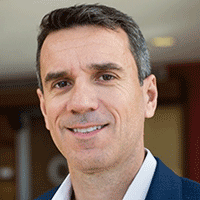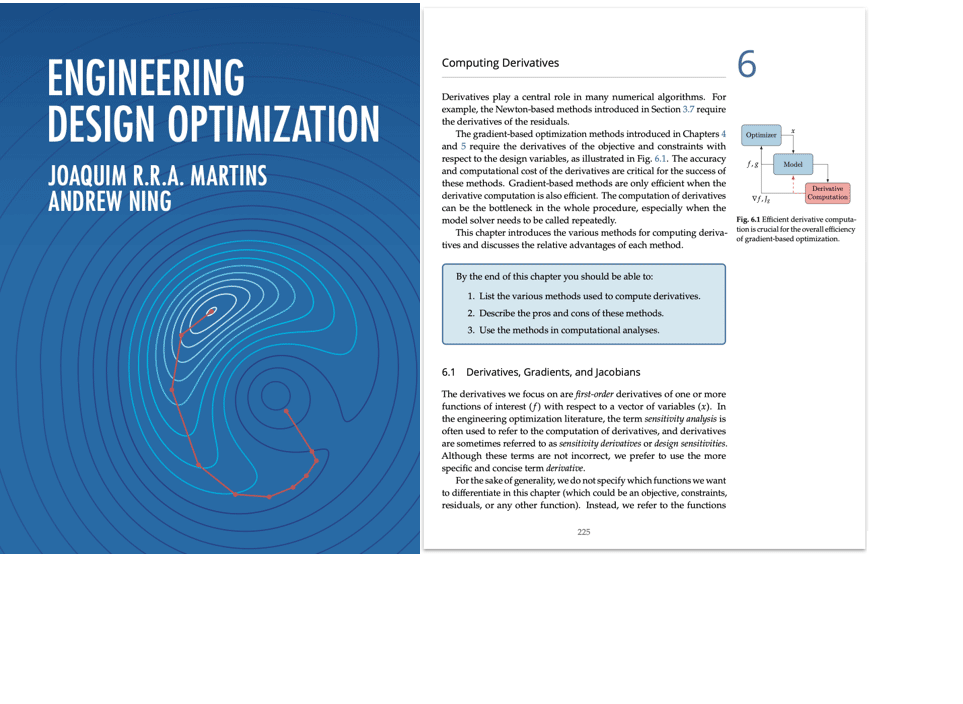
Joaquim R. R. A. Martins
University of Michigan
Presentation Title: Shaping Next-Generation Aircraft with Multidisciplinary Design Optimization
Abstract: Air transportation's quest for efficiency requires groundbreaking advancements in aircraft design, particularly in the optimization of aircraft configurations, including aerodynamic shape, structural sizing, and propulsive performance. This talk will examine the latest developments in computational fluid dynamics (CFD)-based design optimization, addressing the critical challenges and innovative solutions in shaping aircraft components for enhanced efficiency and reduced emissions. We will explore the integration of CFD with structural mechanics to optimize wing aerodynamics, enhance lift-to-drag ratio, and reduce structural weight. The discussion will extend to the aerodynamic optimization of propellers and turbofans, highlighting how CFD facilitates the design of propulsion systems that integrate optimally with the airframe. By employing multidisciplinary optimization (MDO) approaches, we have advanced the design of these key aircraft components, considering complex interactions and design constraints. We will focus on the adjoint method for efficient gradient computation, which is essential for handling the large number of shape and sizing variables required in aircraft design. The talk will present case studies demonstrating the successful application of these methods in optimizing aircraft wings, along with innovative designs of propellers and turbofans. Finally, we will discuss our vision for using MDO to shape the future of sustainable aviation.

Biography: Joaquim R. R. A. Martins is the Pauline M. Sherman Collegiate Professor of Aerospace Engineering at the University of Michigan, where he heads the Multidisciplinary Design Optimization Laboratory. His research group develops MDO methods and applies them to the design of air and marine vehicles, as well as other engineering systems. He is a co-author of “Engineering Design Optimization”, a textbook published by Cambridge University Press. Prof. Martins is a Fellow of the American Institute of Aeronautics and Astronautics and a Fellow of the Royal Aeronautical Society. Before joining the University of Michigan faculty in 2009, he was an Associate Professor at the University of Toronto Institute for Aerospace Studies. From 2002, he held a Tier II Canada Research Chair in Multidisciplinary Optimization. He received his undergraduate degree in Aeronautical Engineering from Imperial College, London, with a British Aerospace Award. He obtained his M.Sc. and Ph.D. degrees from Stanford University, where he was awarded the Ballhaus prize for best thesis in the Department of Aeronautics and Astronautics. He has received the Best Paper Award at AIAA Conferences six times. He has served as Associate Editor for the AIAA Journal, Optimization and Engineering, and Structural and Multidisciplinary Optimization. He is currently an Associate Editor for the Journal of Aircraft.
More Information
